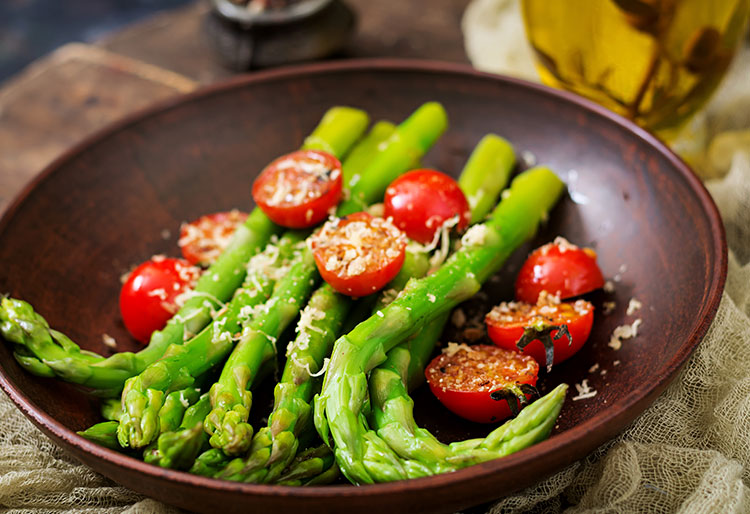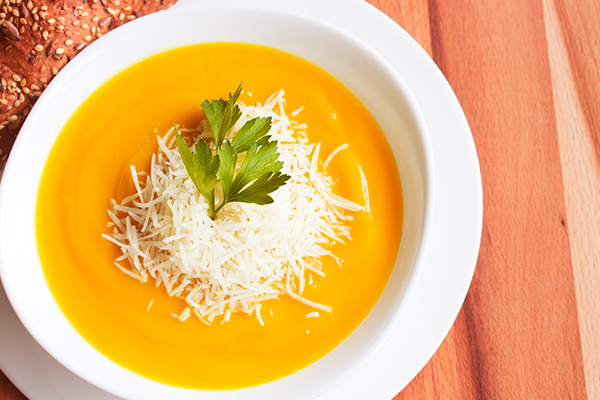Umami, what's the fifth taste?
Neither sweet, nor sour, nor bitter nor salty. What is umami? We tell you what the least known taste of all is, also called the fifth taste, and what foods it is present in.
TRIED AND TESTED
Share

What is umami?
Umami is the most difficult taste to identify. It's not easy to describe either. It's similar to salt, but it tastes different. The so-called fifth taste is subtle, activates salivation, leaves a prolonged aftertaste and causes a velvety sensation on the tongue that’s noticeable in the throat, palate and back of the mouth. The umami taste also contributes to increase the pleasant perception in the foods that contain it.
The fifth taste
It was the Japanese who first identified him and made him known. Scientist Kikunae Ikeda of the Imperial University of Tokyo realized that the dashi soup his wife prepared had a flavor that did not fit the four classic flavors: sweet, salty, sour and bitter. The professor began to investigate and came to the conclusion that it was due to a seaweed widely used in the Japanese cuisine called kombu with which the broth is prepared. Experimenting with dry kombu, Ikeda isolated a compound called glutamic acid, one of the amino acids that make up proteins, which the Japanese discovered is responsible for the fifth taste. He called it umami, a word that in Japanese means tasty or delicious.

What food tastes like umami?
Umami is not exclusive to oriental foods, in fact it’s present in one of the first flavors that we appreciate shortly after birth, as it’s contained in breast milk. Apparently, breast milk has as much taste as a broth made from seaweed. Umami appears naturally in countless foods: cured cheeses (especially in Parmesan cheese), Serrano ham, salted anchovies, nuts, soy sauce and fish sauces from Southeast Asia, kombu seaweed, asparagus, tomatoes and many ripe fruits.
If you want to be aware of the umami flavor, the next time you make some lentils, add a ham bone, add some parmesan shavings to a pumpkin cream, add a splash of Perrin's sauce to the plate or simply combine anchovies with cheese.






